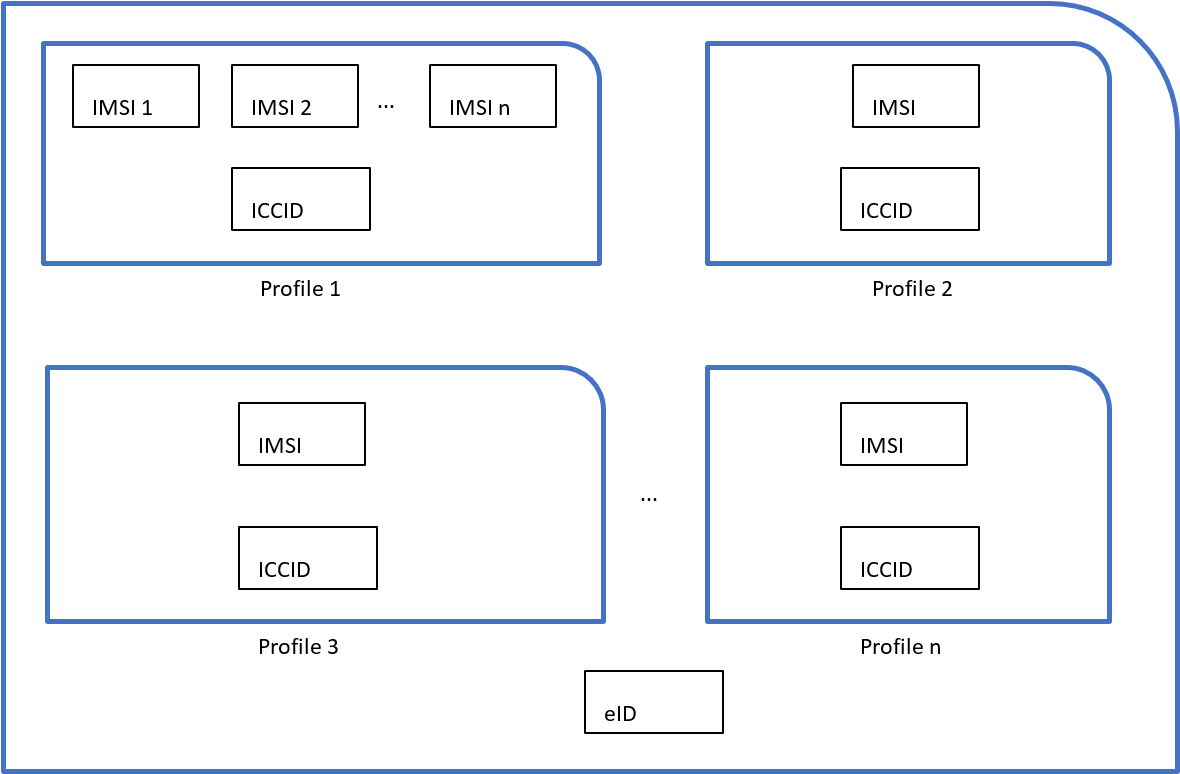Cellular devices
Learn more about the following concepts related to cellular devices.
Modes of communication
ThingPark supports two modes of communication for cellular devices, they are described below:
- Message mode: In this mode, the device exchanges small messages in uplink and downlink packets over UDP with the application server. This mode is similar to LoRaWAN®.
- Direct IP mode: In this mode, the device exchanges large volumes of data in uplink and downlink directions. ThingPark routes the IP traffic directly to the Application Server Router (ASR) via Internet, which routes it further to application servers sitting behind firewall for security reasons. Microflow events are periodically reported to provide the volume of uplink and downlink bytes exchanged with the device.
A cellular device can use message mode and/or direct IP mode. When both modes are used, a specific UDP source port is selected to distinguish message mode to direct IP mode.
Microflow events
A microflow event measures a chunk of direct IP traffic based on the following triggers:
-
Threshold: The typical granularity to report (typical value 100 KB). For example, if a device emits 150 KB in a short timeframe, a first event is detected as soon as the first 100 KB are reached. The remaining 50 KB will be collected in a second event.
-
Maximum inactivity time for last record: The time after which, if activity has been detected, no matter whether any threshold was reached, an event is reported (typical value 120 seconds). For example, if a device emits 50 KB in a short timeframe, and then stops, the flow will be emitted as soon as the 120 seconds are reached from the beginning of the activity.
-
Minimum time between 2 records: A time to avoid an overload of data records if a high data rate is sustained by a device for an extended period (typical value 20 seconds). For example, if a device reaches 150 KB in less than 20 seconds, the next data record will be issued right after 20 seconds, reporting the whole volume exchanged during these 20 seconds even though the threshold was exceeded.
Examples of microflow events are depicted in the following figure:

SIM types
A SIM identifier is required to provision a cellular device in ThingPark. The SIM identifier may be an International Mobile Subscriber Identity (IMSI), an Integrated Circuit Card Identifier (ICCID) or an eUICC Identifier (eID) depending on the SIM type. The following SIM types are supported:
-
Single-IMSI SIM: The SIM contains only one profile composed of one IMSI. A single-IMSI SIM is identified by its ICCID or IMSI.
-
Multi-IMSI SIM: The SIM contains only one profile composed of many IMSI. A multi-IMSI SIM is identified by its ICCID.
-
eSIM: the SIM can be remotely managed and is composed of many profiles, each one composed of many IMSI. An eSIM is identified by its eID.
